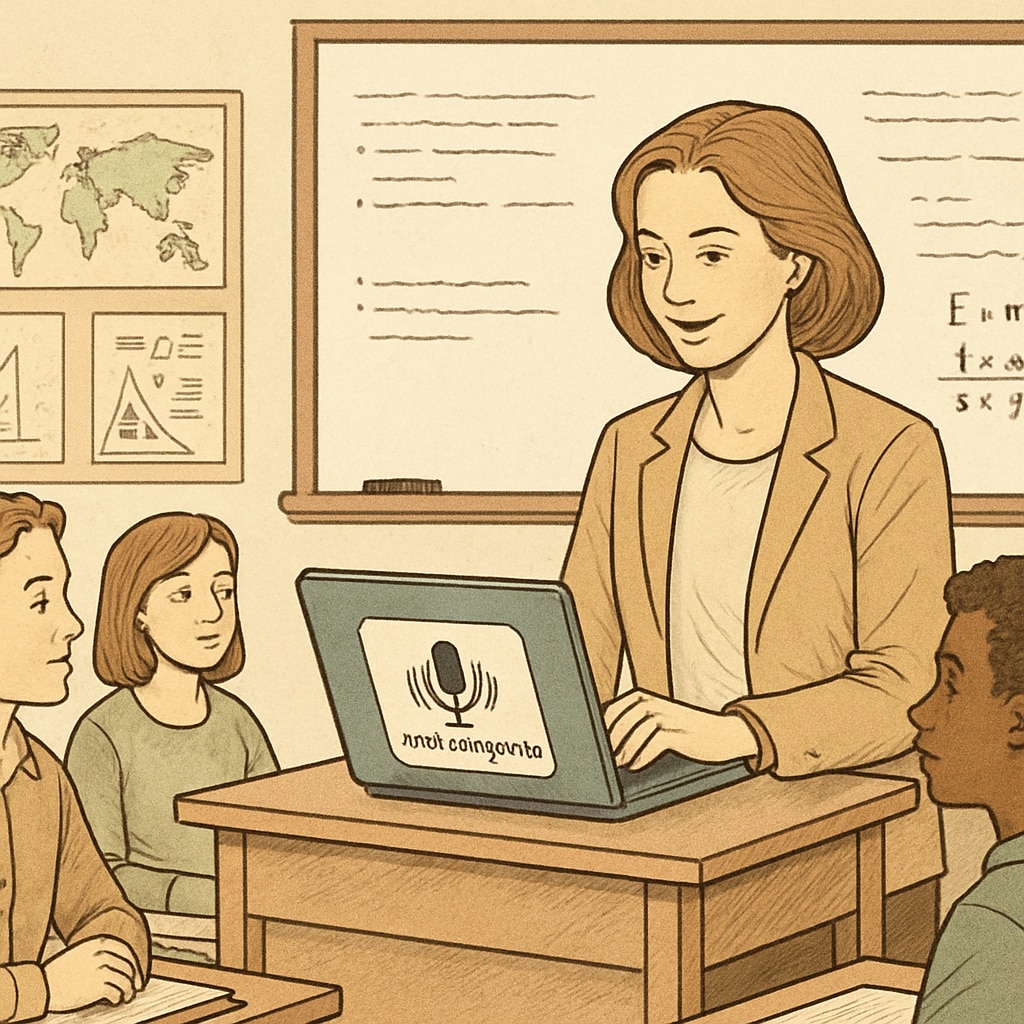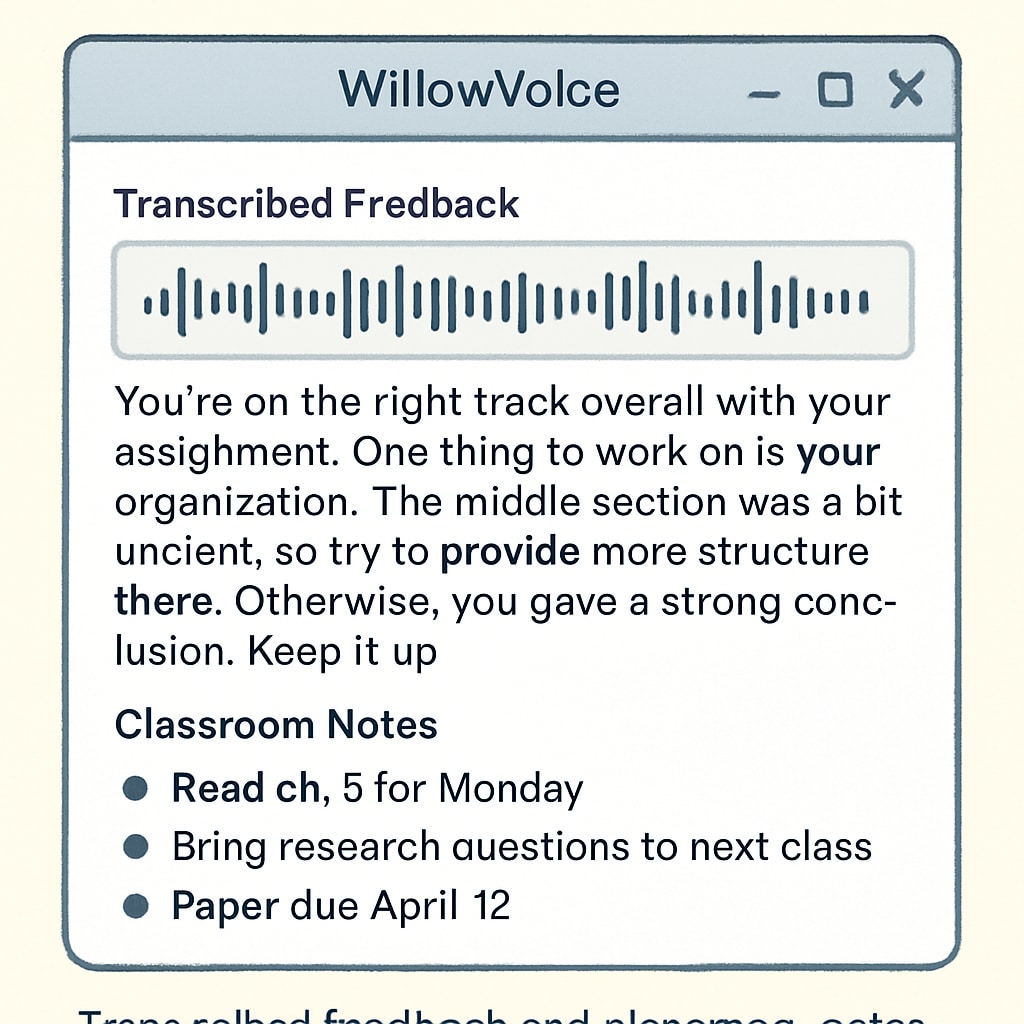In the fast-evolving landscape of K-12 education, speech recognition technology has emerged as a transformative tool for educators. By integrating solutions like WillowVoice, teachers can enhance teaching efficiency and streamline educational feedback processes. These innovations allow educators to prioritize meaningful classroom interactions while reducing the time spent on administrative tasks.

How Speech Recognition Enhances Teaching Efficiency
One of the primary benefits of speech recognition tools in education is their ability to save time. Teachers often juggle numerous responsibilities, including lesson planning, grading, and documenting student progress. With speech-to-text capabilities, tools like WillowVoice can transcribe spoken words into accurate text in real time. This simplifies tasks such as creating lesson plans, capturing classroom discussions, and preparing reports.
For example, rather than manually typing out lesson notes, educators can dictate their ideas directly into the platform, which converts speech into organized text. This not only speeds up the process but also reduces the likelihood of errors caused by manual input.
Streamlining Educational Feedback with Speech Recognition
Educational feedback is a critical component of effective teaching. It helps students understand their progress and areas for improvement. Speech recognition tools make this process more efficient by allowing teachers to provide verbal feedback and have it automatically transcribed for students.
Additionally, speech recognition can enhance communication during parent-teacher conferences or when documenting observations about student behavior. By freeing teachers from labor-intensive documentation, these tools help ensure that feedback remains timely and relevant.

Transforming K-12 Workflows with WillowVoice
WillowVoice is a prime example of how speech recognition technology can revolutionize K-12 workflows. Its user-friendly interface and advanced AI-driven algorithms make it an invaluable resource for educators. Key features include:
- Real-time speech-to-text transcription for lectures and meetings
- Automated categorization of transcribed content for easy access
- Integration with educational platforms for seamless sharing and collaboration
By using WillowVoice, educators can focus more on student engagement and less on repetitive administrative tasks. The tool also supports multilingual transcription, making it accessible to diverse classrooms and communities.
The Broader Impact on Teaching and Learning
Beyond reducing paperwork, speech recognition tools foster a more dynamic and interactive learning environment. Teachers can use these tools to generate transcripts of classroom discussions, enabling students to review material at their own pace. This approach is particularly beneficial for learners who require additional support or those studying in non-native languages.
Furthermore, speech recognition technology aligns with modern trends in personalized education. By streamlining administrative tasks, teachers have more time to craft tailored learning experiences that cater to individual student needs.
As a result, the adoption of speech recognition tools like WillowVoice not only improves teaching efficiency but also enhances overall educational outcomes.
Conclusion
Speech recognition, teaching efficiency, and educational feedback are interconnected elements driving the future of K-12 education. Tools like WillowVoice empower educators to focus on what truly matters—teaching and connecting with students. As technology continues to evolve, its role in education will become increasingly indispensable, making speech recognition an essential component of modern teaching strategies.
Readability guidance: Short paragraphs and bullet points summarize key ideas. Overlapping sentences include transitional words like “for example” and “as a result” to enhance flow. Passive voice is minimized to improve clarity.


